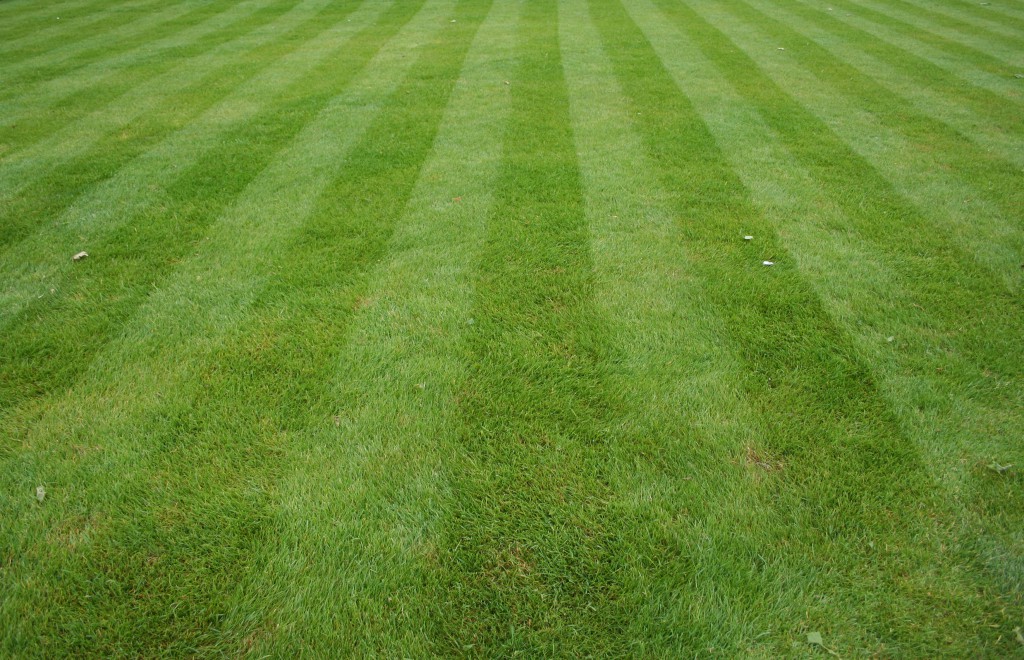How To Fertilize Your Lawn Effectively

Knowing how to fertilize your lawn properly can help keep your lawn looking beautiful and healthy all year round. Many fertilizers are on the market, but if you don’t know the right one for your landscape, you can damage the grass you have and make it harder to maintain in the future. Here are some tips for how to effectively manage your lawn fertilization.
What is Fertilizer?
Fertilizer comes in formulas based on a variety of nutrients that your lawn needs to thrive. The main nutrients are nitrogen, phosphate and potash. Many micro-nutrients can also be in the formula, including iron, boron, zinc and manganese. Lawn fertilization takes into account the correct amounts your grass needs to grow well. Too much of one type of nutrient can harm your grass instead of helping it.
What Fertilizer is Needed?
Determining the correct fertilizer depends on soil type and grass type. A soil test is the best way to see what nutrients are already present in your landscape. The soil report will show you the percentage of nutrients available, giving you the information you need to choose the right formula. It will also show you the schedule that should work best for your lawn maintenance. Knowing your grass type can help you decide if it will grow well or if you should hire a professional to reseed with a new variety of grass.
Proper Fertilization Technique
Excess fertilizer will not help your lawn and, if you’re not sure you can do it properly, you may want to hire a landscaper. Over-applying fertilizer will damage your root system and can contaminate local water sources when it runs off your land. The best time to fertilize is about 30 days before the growing season begins and then every 60 days throughout the growth period.
The best part of a properly fertilized lawn with strong grass is the lack of weeds.
